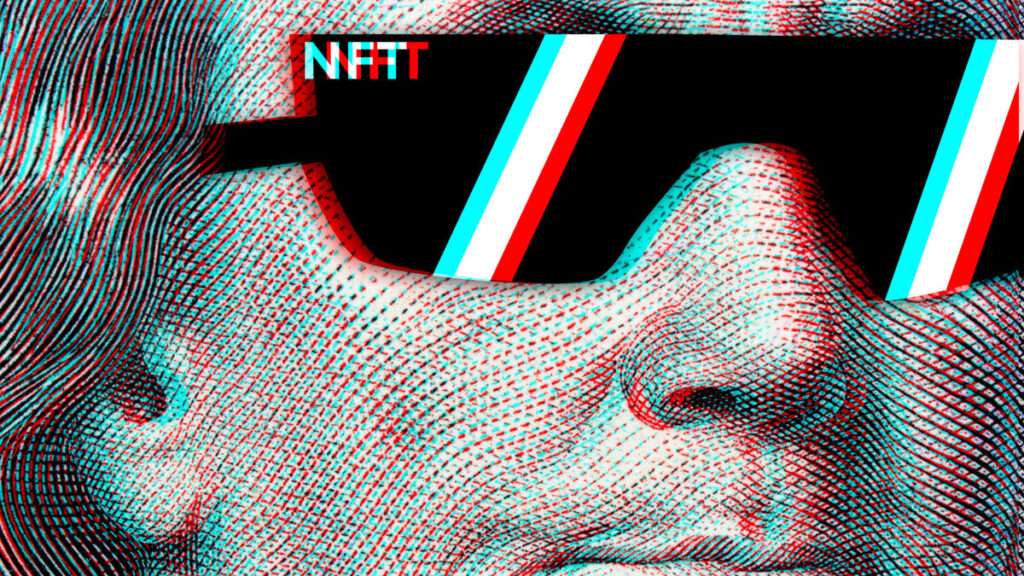By Olivia Schafer
In recent years, a new phenomenon has taken the media and art world by storm: Non-Fungible Tokens (NFTs). These unique digital assets, built on blockchain technology, have captured the attention of artists, collectors, and investors alike. NFTs are revolutionizing the way we perceive and trade digital art, music, and even virtual real estate. In this blog post, we will explore the rise of NFTs and the profound impact they are having on the media landscape.
The sudden surge in NFT popularity can be attributed to several factors. First and foremost, NFTs provide a solution to the problem of digital ownership. Before the advent of NFTs, it was difficult to prove originality and ownership of digital assets. With the introduction of blockchain technology, artists can now create verifiably unique digital creations that can be bought, sold, and traded securely.
NFTs have empowered artists to monetize their digital creations like never before. Through NFT marketplaces, artists can directly sell their work to collectors, cutting out traditional intermediaries. This newfound accessibility has opened up opportunities for artists of all backgrounds, allowing them to showcase and profit from their creations on a global scale. Additionally, artists can now earn royalties on secondary sales of their NFTs, ensuring ongoing revenue streams.
The mainstream media has also played a significant role in the rapid rise of NFTs. Headlines showcasing million-dollar sales of digital art have generated intrigue and curiosity among the general public. High-profile artists, musicians, and celebrities embracing NFTs have further boosted their popularity. This media attention has brought NFTs into the spotlight and sparked conversations about the future of art and digital ownership.

While NFTs initially gained recognition in the art world, their potential extends far beyond. Musicians have leveraged NFTs to release exclusive songs, albums, and concert tickets, offering fans unique digital experiences. Sports leagues have jumped on the bandwagon, selling NFT collectibles and even virtual ownership of sports teams. Virtual real estate in blockchain-based metaverses has also become a thriving market. The possibilities seem endless, with NFTs opening up new avenues for creativity and monetization across various industries.
Despite the excitement surrounding NFTs, there are valid concerns that need to be addressed. The environmental impact of blockchain technology, particularly the energy consumption associated with NFT transactions, has raised alarm bells. Critics argue that the carbon footprint generated by NFTs contradicts the goal of sustainability. Additionally, the potential for fraud and copyright infringement poses risks to artists and collectors alike. It is crucial for the industry to address these challenges and find sustainable solutions for the long-term viability of NFTs.
The rise of NFTs has revolutionized the media landscape, transforming the way we create, own, and trade digital assets. Artists are empowered with new opportunities for exposure and monetization, while collectors can enjoy unique ownership experiences. NFTs have expanded beyond the art world, infiltrating music, sports, and virtual realms. However, the industry must address concerns about environmental impact and copyright protection to ensure the long-term success of NFTs. As the media continues to evolve, NFTs are at the forefront of this digital revolution, reshaping our understanding of art, ownership, and value in the digital age.



Hi Olivia,
I really enjoyed your take on the use of NFTs. I feel it can be a complex subject to describe and comprehend in simple terms, but you did this very well in your post. I also appreciate that you mentioned the environmental concerns of blockchain technology. I think this is an issue that is often overshadowed by the hype around NFTs. I agree with your point that this issue will need to be addressed if we want to continue to take advantage of this technology.